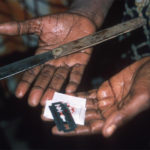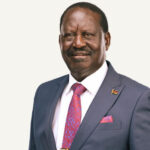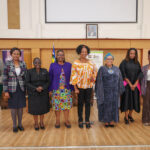It says a saying that life is a tango and if you slip you have to keep dancing. More or less the same conclusion that comes a study published in the specialized journal Frontiers in Human Neuroscience: life is a tango and if our brain slips we must continue to dance.

As we get older, our cognitive and motor skills begin to drop significantly. All those conditions in the structure of our brain related to the elderly are linked to cognitive impairment and altered sense of balance. These degenerations may have a worse prognosis if other diseases such as Parkinson’s or Alzheimer’s appear.
The research, led by Dr. Kathrin Rehfeld, shows that regular physical exercise helps reverse the signs of aging in the brain. Among all the activities monitored, the best result was dance.
To reach these conclusions, the researchers had a group of volunteers with a mean age of 68 years. Afterwards, the participants were divided into two groups: one had to take a weekly course of 18 months of dancing and the other to perform a training of flexibility and endurance. The two groups showed a considerable increase in the hippocampus, the main target of neurodegenerative diseases and a key area for balance, memory and learning.
According to Rehfeld, “our research shows that two types of different physical activities, dance and resistance training, increase the area of the brain that decreases with age.” But dance, in particular, also led to perceptible behavioral changes in Terms of improved equilibrium. “














